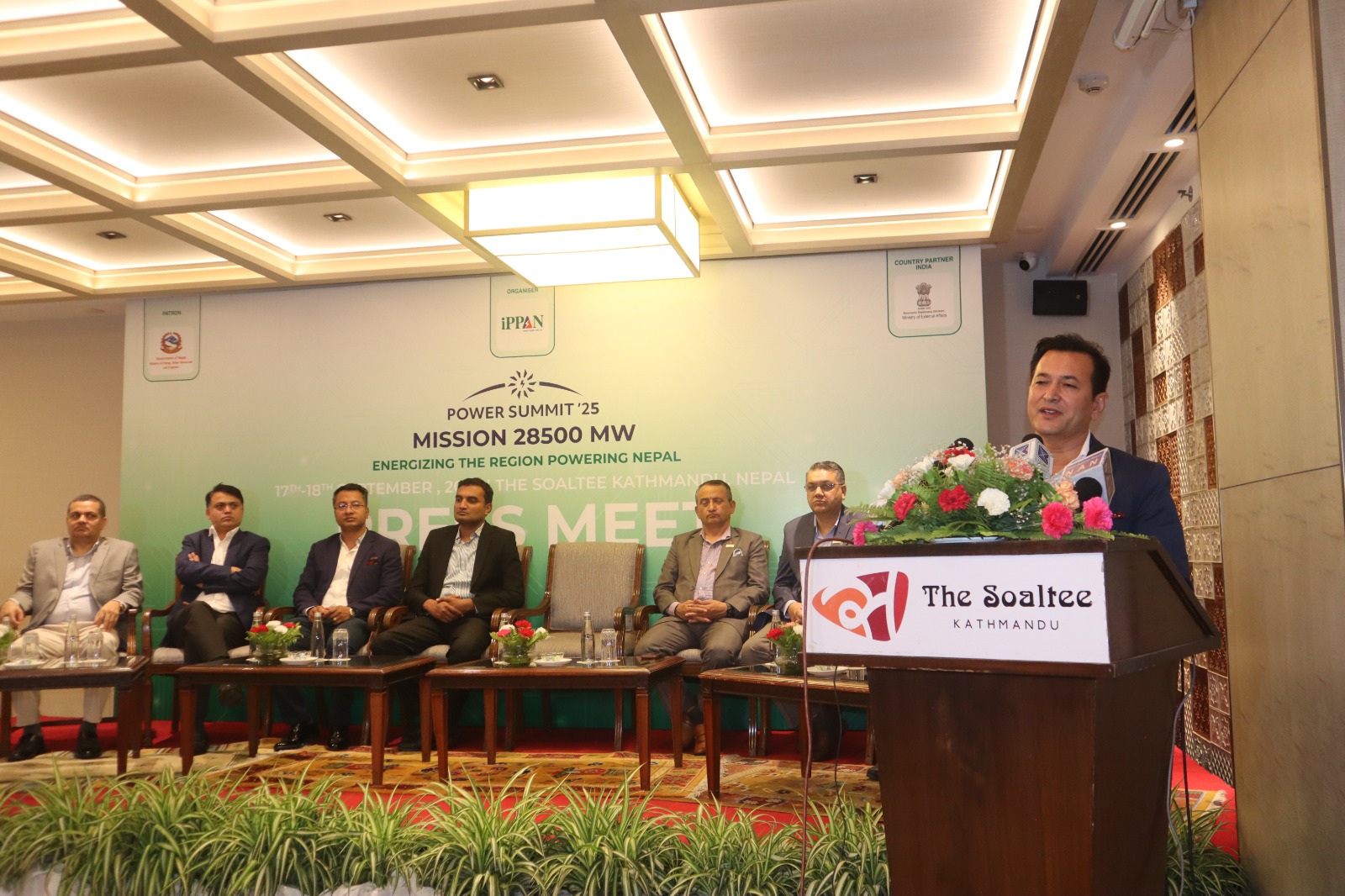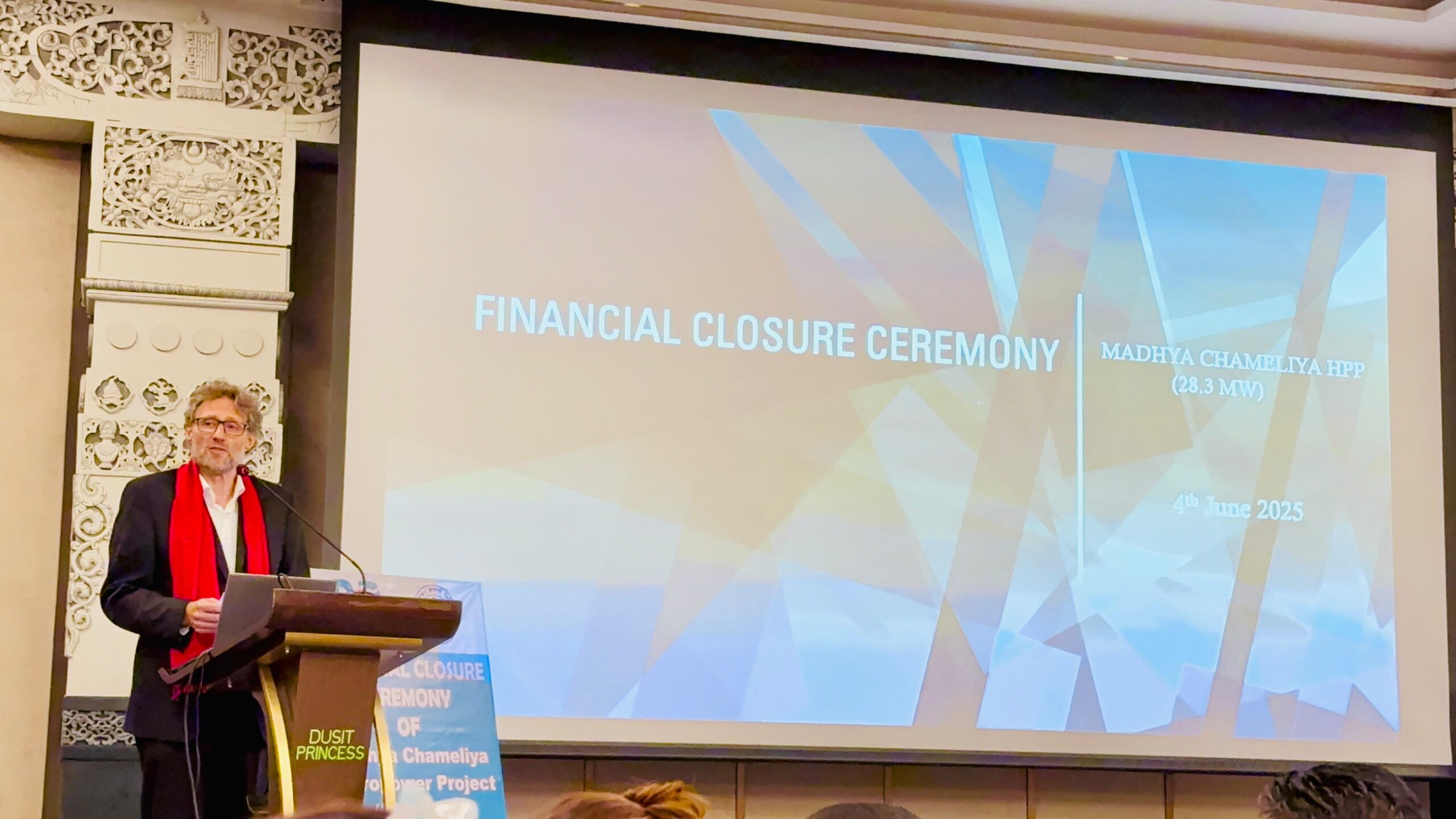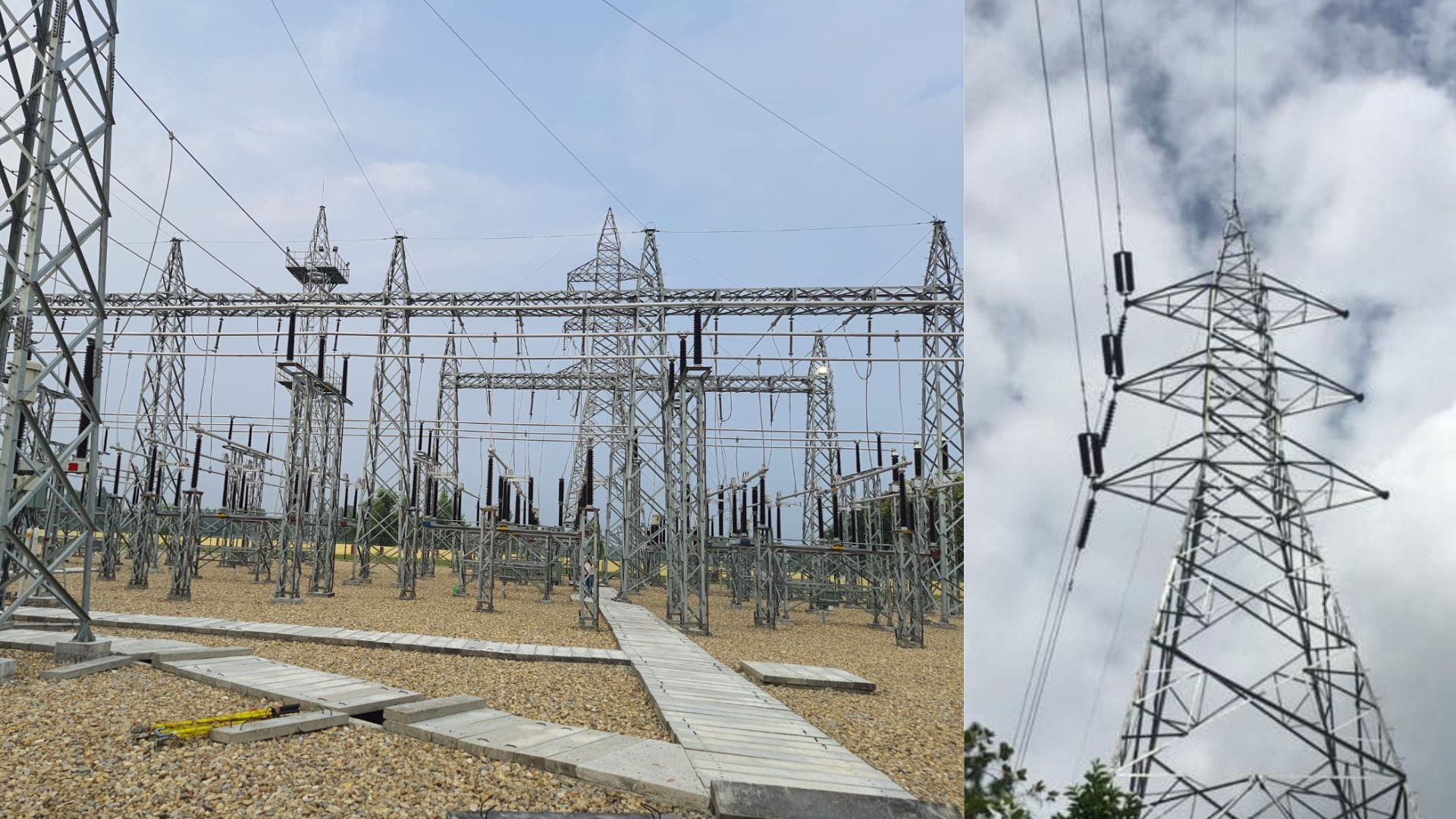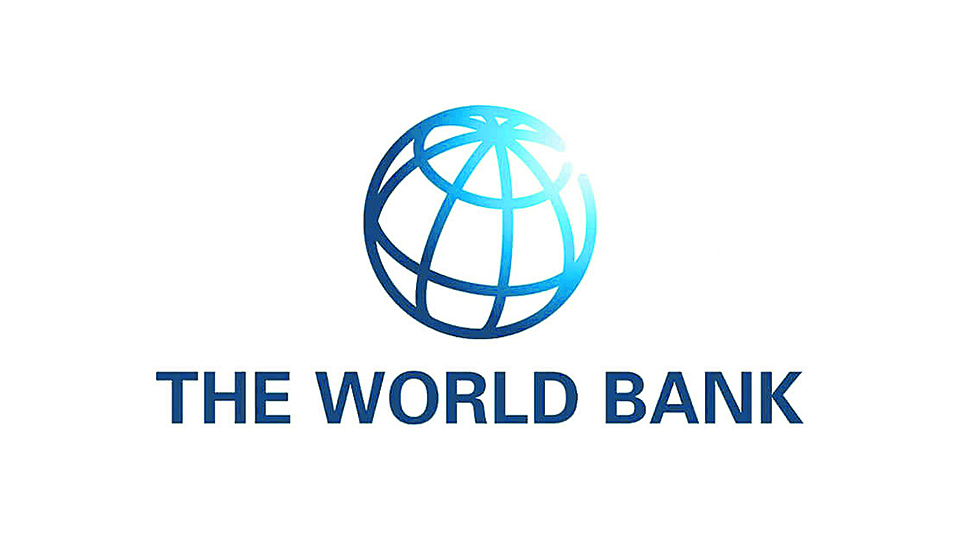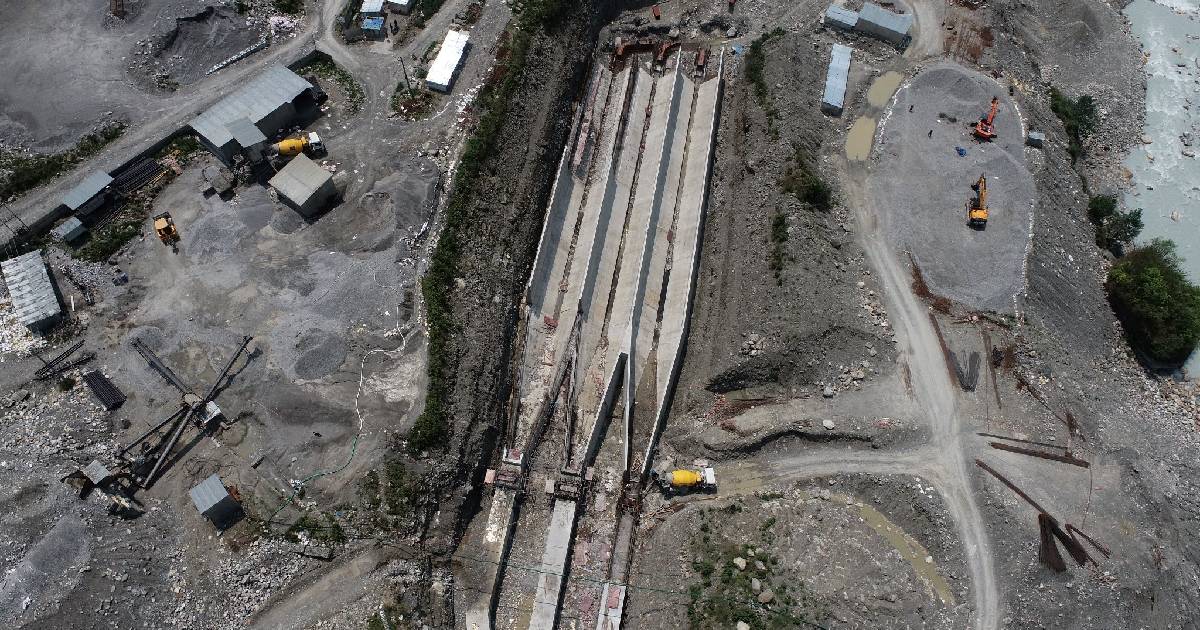
After the introduction of the Electricity Act in 2049 and the regulations in 2050, the top officials of the then Electricity Authority used to say to those who pressed for its implementation, ‘The private sector will build one megawatt and only 10 percent at most. However, for 30 years, it was not imagined that not only the authorities, but also the private sector would make big projects in government agencies. In the budget for the year 2048/49 submitted in 2048, it was mentioned that the policy of encouraging the private sector in the program of small hydropower generation will be adopted.
However, the private sector has made its proud history within three decades of the Act. At present, the production capacity has reached 2600 megawatts, 70 percent of which is taken by the private sector.
In the year 2047, the government’s production was 152 megawatts, while the electricity capacity produced by the non-commercial private sector was only 23 megawatts, but now the private sector has reached around 2000 megawatts, while the government’s capacity is 650 megawatts. In a short period of time, the private sector has done a proud job in energy production. To be able to produce so much in three decades is not a feat.
Krishna Acharya, president of the Independent Power Producers Association (IPPAN) Nepal, says, “Now 70 percent of the production has reached the private sector, 12,000 MW are still waiting for the Power Purchase Agreement (PPA), including 25,000 MW of projects with the private sector.”
He argues that even in the projects being constructed by the Electricity Authority, including Upper Tamakoshi, more than 60 percent of the private sector has invested and since they have been constructed through a PPA agreement with the Electricity Authority, those projects should also be called private sector projects.
There are many struggles behind the private sector reaching 1900 MW production capacity and 25000 MW projects. Even after the introduction of the Electricity Act and Regulations, the private sector had to struggle a lot to set the PPA rate and obtain a license for this. “After the introduction of the Electricity Act and Regulations, the senior officials of the Electricity Authority were not ready to accept that the private sector would generate electricity. They used to say that they could generate up to one megawatt, and if they generate more, they would produce only 10 percent of the current system.”
Guru Neupane, a leading hydropower developer who advocated for the entry of the private sector in the energy sector, says, ‘After a lot of struggle, the private sector finally got an impact for production, Krishna Prasad Bhandari, Kumar Pandey, Hari Vairagi Dahal, etc. We ran to Shailaja Acharya a lot, the way was opened with the PPA rate set by Shailaja.’ After many struggles, on 14th Asar 2055 i.e. 28th June 1998, for the first time in the history of Nepal, the Board of Directors of Electricity Authority decided the rate of PPA.
The then Deputy Prime Minister and Minister of Water Resources, Shailaja Acharya, for the first time instructed the Authority’s Board of Directors to set the PPA rate at Rs 2.76 per unit in the rainy season and Rs 4.03 per unit in the winter.The Authority could not disobey the directives of the Minister of Water Resources but it was decided to allow the private sector to construct only Q90 up to MW. It was not possible to make it in Q90, PPA rate was also low, Acharya did not listen to this complaint easily and then Q90 was reduced to Q65 and PPA rate was fixed at Rs 4.25 per unit in winter and Rs 3 in dry season.
Even after setting the PPA rate, it was not so easy for the private sector to build hydropower projects. “If the then minister did not set the PPA rate, it would not have been possible for the private sector to enter, this was a ‘turning point’ for the private sector, but during the then extreme Maoist crisis, creating a hydropower project was another big challenge.” Neupane, a hydropower developer, says, ‘The fact that the private sector is producing so much even in the midst of major disasters such as Maoist conflict, crisis situation, earthquake, and Covid is a world model, it should be taken as a big leap made by the private sector.” He considers it a pity that the policy and PPA rates are not increasing compared to the price increase.
In the opinion of Kumar Pandey, consultant of IPPAN, it is unexpected that the private sector can produce more than the government in 20 years when there is an understanding in government agencies that they can only do small projects, but not big ones. “The private sector made investments after weighing a big risk, the government also introduced a policy that facilitated it, the Rastra Bank facilitated the investment, institutions like the Securities Board opened the way for the issuance of public shares, and it achieved success because of these and other reasons,” he says. .
After the decision to set the rate of PPA, the first PPA of 0.183 MW in Lamjung was done by Sange Khola on 3rd Magh 2058 with the Authority. After that, four projects, including three private ones, did PPA, while the construction of three small projects was completed on a non-commercial basis.
A Leap of Private Sector in Production
Before the the Electricity Act 2049, in 2038, the one megawatt Tinau hydropower project was built by the private sector, but at that time there was a rule that the private sector could not be operated, but it was nationalized and handed over to the Authority. In 1958, a hydropower engineer from Norway came to Nepal to build a hospital for the late Wad Houghton Tansen.
According to Hydropower Nepal written by the former president of IPPAN, Khadga Bahadur Bista, during Tansen’s stay, he tried to start a hydropower project by the private sector for the first time in Nepal by building a one megawatt Tinau project for Butwal Technical Institute, which was operating with diesel.
After that, he not only helped in the construction of Jhimruk and Andhi Khola projects, but also contributed greatly to the Khimti project. Wad Hofton showed that electricity from the private sector is possible in Nepal before the multi-party democracy. After democracy, the government’s liberal policy with the involvement of the private sector has shown a miracle in the field of hydropower,” says Bista.
Even before the 2049 policy, Butwal Power Company (BPC) had constructed the 12.5 MW Jhimruk project in 2041 and the 9.4 MW Andi Khola project in 2048. At that time, BPC had electrified and sold electricity around the project.From the beginning of hydroelectric power generation from 500 kilowatt capacity Farping hydropower project on Jeth 9, 1968 to 2047, only 152 megawatts were produced in 79 years. In the 30 years since the introduction of the Electricity Act, the production of the private sector has increased to 1,989 megawatts, while that of government agencies is 661 megawatts. According to the data of the Electricity Authority, the number of projects to be constructed by the Electricity Authority is zero megawatts, while the private sector is constructing projects equal to 2493 megawatts. The capacity of the project being built by the Electricity Authority on a company model is 487 MW.
According to the authority, the private sector has signed PPAs with 377 projects worth 7,230 megawatts. In the year 2055, even before the PPA rates were set, PPAs had already been concluded with four projects.
According to the authority, on Magh 1, 2052, foreign investment of 60 MW Khimti and Saun 6, 2053 of 45 MW Bhotekoshi and domestic investment on Asar 11, 2054 through the subsidiary company of Electricity Authority, 22.1 MW Chilime and 7.5 MW of private company Indrawati 3rd PPA. The authority said. But the production started on Asar 27, 2057 with the production of Khimti in commercial form in Nepal.
Welcoming the entry of the private sector in hydropower, ensuring that the government buys electricity from the private sector and expanding the electricity market within and outside the country is considered as creating a favorable environment for private investment in energy.
Former Energy Secretary Anup Upadhyay sees the government’s agencies and policies that promote the private sector as a factor in the success of the private sector. The private sector achieved success by setting up bodies such as the Electricity Development Department, Regulatory Commission, Investment Board and tax holidays, customs exemptions, etc., necessary for electricity development.He says, “Timely laws were made, the policy to promote the private sector was advanced, and the investment increased due to the policy of the Rastra Bank that must invest.”
According to Madhu Vetuwal, Joint Secretary of the Ministry of Energy, the increase in production is the result of the facilitation provided by the government to the private sector. We have always been facilitating the private sector for hydropower production, the government has also given a guarantee to buy electricity. This is a great help from the government, it also increased the production of the private sector.” he says.
Private sector contribution in power shortage
After the construction of 144 MW Kaligandaki, the Nepal government sent a team to India to sell electricity, but due to the current situation, it was not sold. Immediately after this, there was an extreme shortage of electricity. From 2060 to 2072, Nepalese experienced load shedding. In the year 2072, when Kulman became the executive director of Ghising Authority, load shedding ended after managing the demand and supply of the general public and industries gradually
The private sector has a great role to play in maintaining the balance between electricity demand and supply. Energy Secretary Dinesh Kumar Ghimire says that the private sector has played a major role in the country’s demand and supply balance by producing so much.
The private sector deserves a lot of thanks. The private sector has built more hydropower projects than the state. I greatly appreciate the role of the private sector in hydropower development. He says, “I also thank them and request that the private sector has shown that in the period of 30 years from 2049 to 2079, starting with one megawatt, two megawatts, and four megawatts, today a single private company has built around one hundred megawatts.”
Director General of Power Development Department Chiranjeevi Chatout also says that more than 50 percent private sector generation in a short period of time is a great achievement. More than 50 percent has been produced by the private sector, many are under construction. The state did not have to invest much in electricity, it will be the government’s after 25/30 years.” he says. He says that the transmission line should be built along with the production of the project, but the current challenge is that it cannot be built.
The private sector is not without challenges
Officials of the Electricity Authority announced that 500 megawatts of electricity was wasted last monsoon. The Authority has estimated that there may be 1,000 megawatts of electricity in the coming monsoon. According to the claims of the private sectors, due to lack of consumption, the authority forced the closure of the Nakini plant of the private sector citing the reason of electricity emergency worth 2 billion last Monsoon.
The private sector has seen that this situation will be even worse in the coming year. “Government should open the door to increase consumption by allowing the private sector to trade in electricity. If electricity is not taken because there is no consumption, not only the private sector, but also the banks that invest in it, and the general public’s investment will sink,” says IPPAN Vice President Ganesh Karki.
According to the data of the Electricity Authority, the current demand is less than 1800 MW while the production has reached 2600 MW. There is no situation of immediate increase in demand. Due to this and other reasons, PPA of about 12 thousand MW of private sector has been closed for the last 4 years. The decision of the authority to make PPA of 1500 MW has not been implemented. The private sector is also studying hydropower projects worth 13,000.
On the one hand, there is no PPA and on the other, there is no investment for it, but former Energy Secretary Upadhyaya argues that investment should not be stopped because there is no market. The challenge is to build a market. The electricity authority cannot set up a market. The state is taking initiatives for this.” He says, ‘Neighbour’s market can be found, for this more diplomatic initiative is needed but it is not acceptable that investment should be stopped, as soon as the project is built and transferred, it is better to give investors a return.’
Shailendra Guragai, the former president of IPPAN, says that there are more opportunities for the private sector to find and develop markets than challenges. “When the state fails, the responsibility should be given to the private sector. Business opportunities have also come to the private sector that has achieved success by increasing production.”
Although the increase in electricity consumption and trade seem to be challenging for the time being, electricity trade has started in India, the process has progressed in Bangladesh and the electricity bill for the private sector to trade in the domestic and foreign markets is in the process of being prepared and sent to the parliament, so in the future such challenges will be solved to create a comfortable environment for electricity trade. The signs have been seen.


